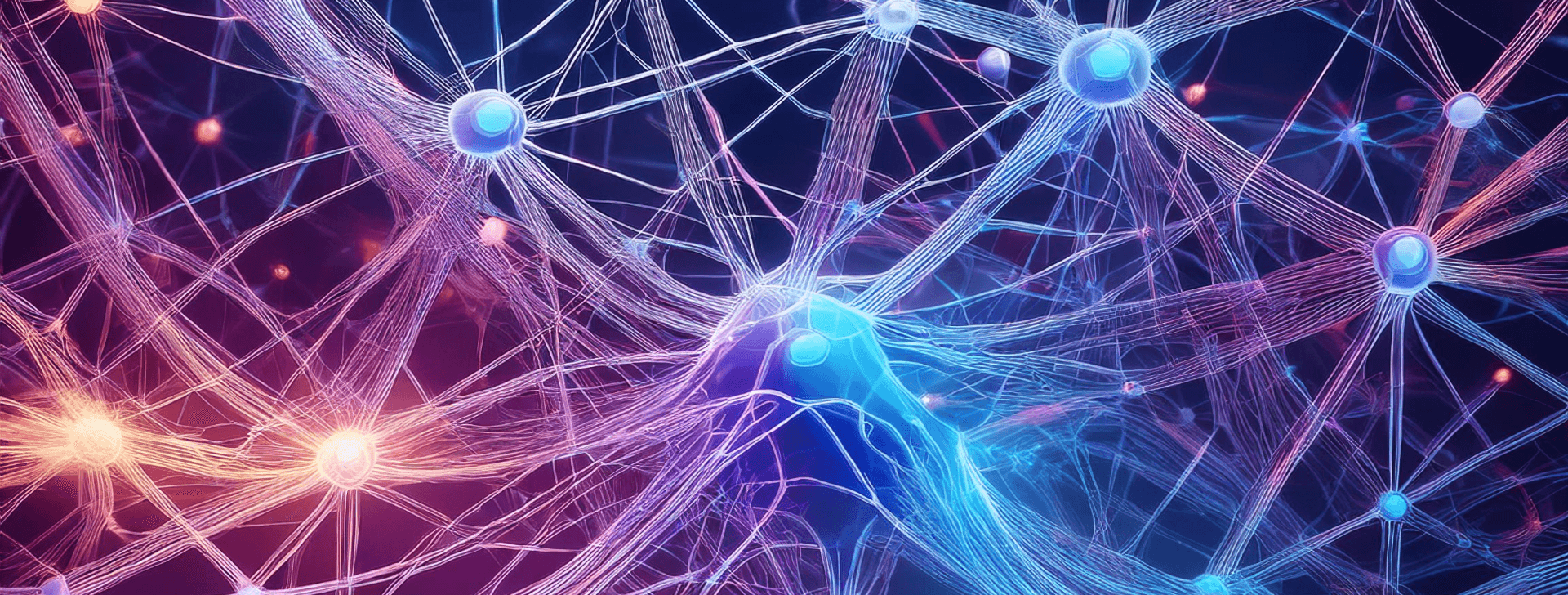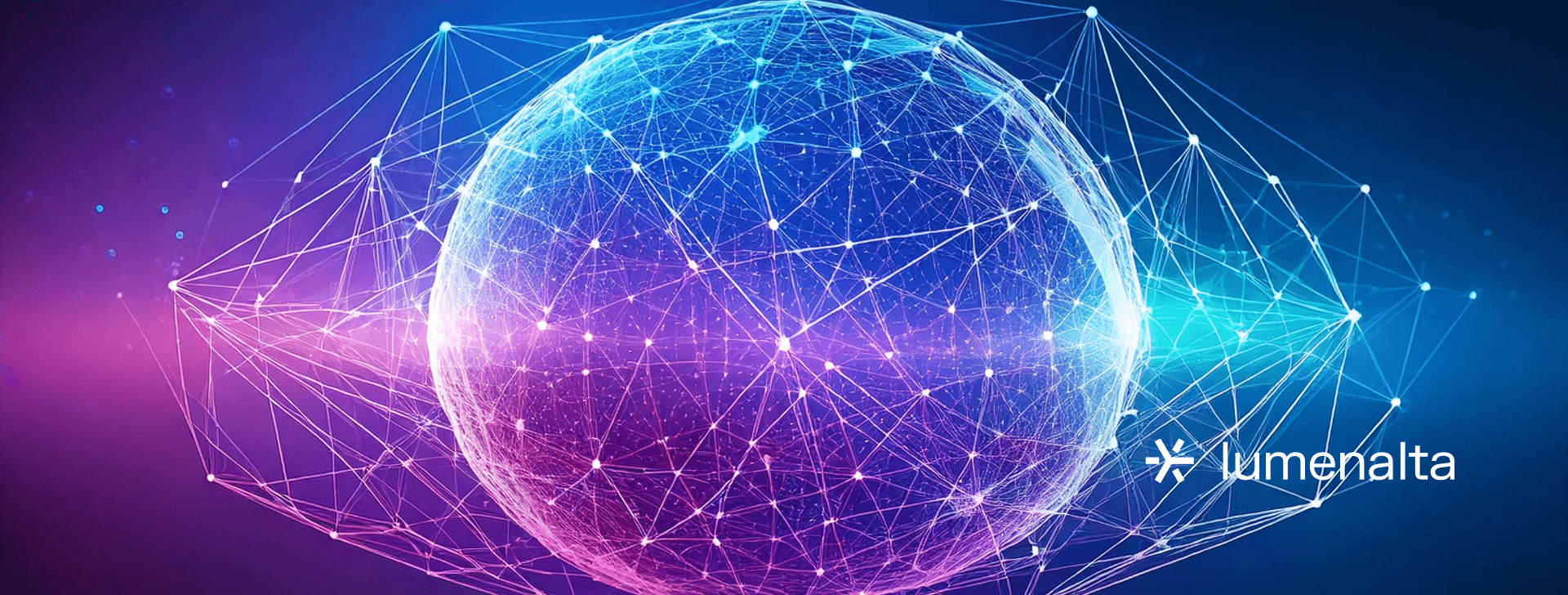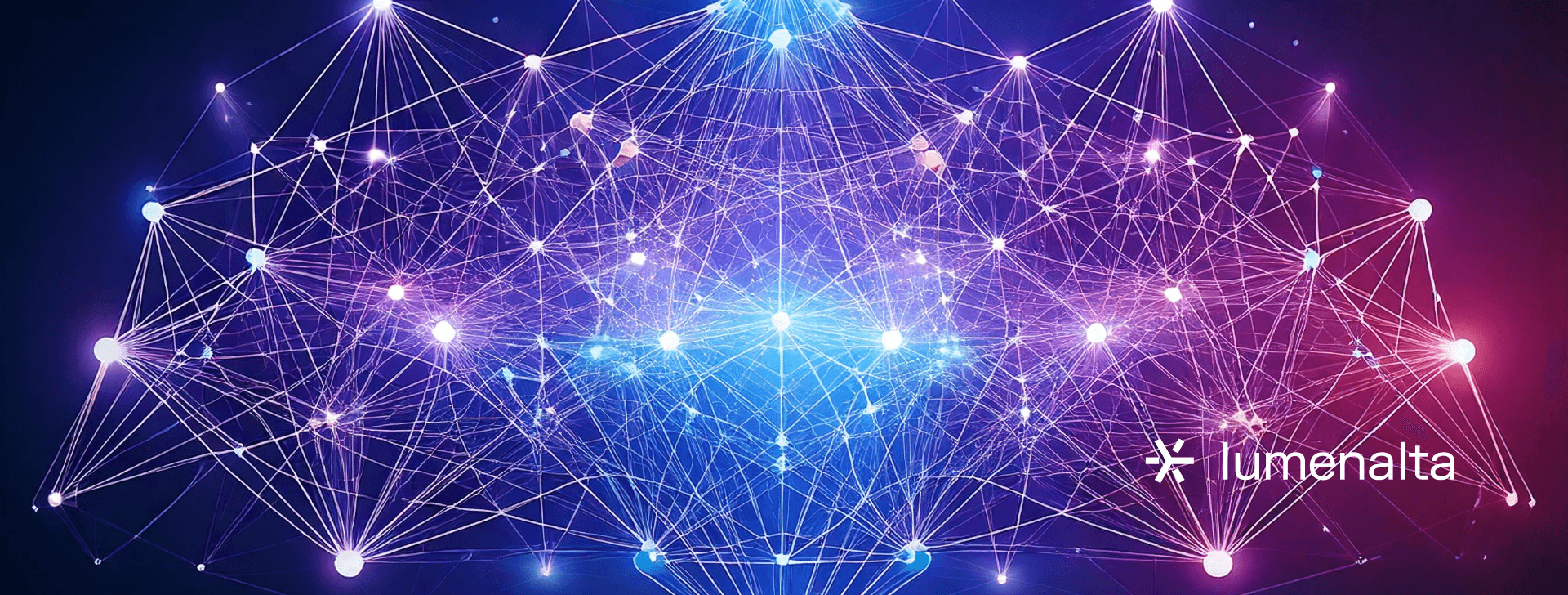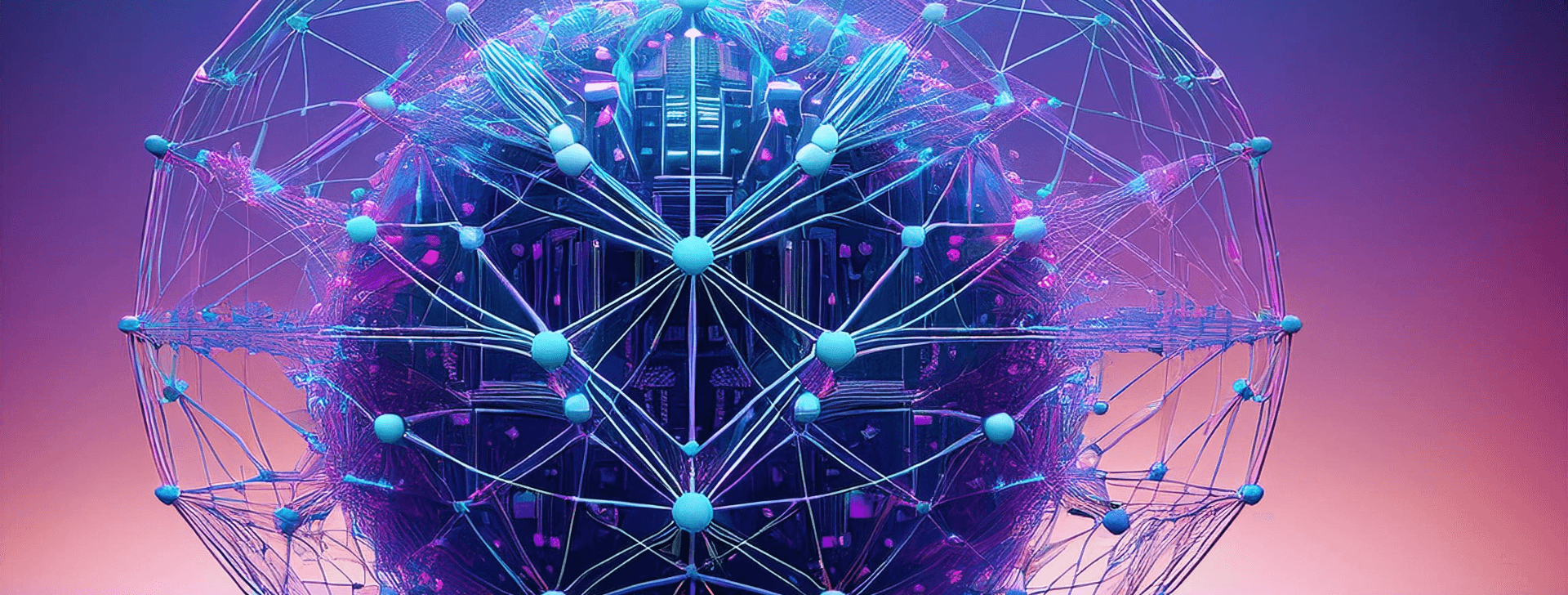

What is deep learning?
DEC. 2, 2024
6 Min Read
Deep learning represents a transformative leap in how machines process, analyze, and act on data.
This powerful technology mimics the human brain’s structure to identify patterns and solve complex problems, enabling groundbreaking advancements in industries ranging from healthcare to autonomous systems. Its capacity to learn and improve over time positions deep learning as an essential tool for organizations looking to innovate and drive measurable outcomes.
Key takeaways
- 1. Deep learning uses neural networks to process unstructured data and achieve high accuracy in complex tasks.
- 2. Models like CNNs, RNNs, and transformers enable applications across industries, from healthcare to autonomous systems.
- 3. Choosing the right tools, frameworks, and datasets is critical for building effective deep learning solutions.
- 4. Trends like edge AI, green AI, and explainable AI are driving the next wave of innovation in deep learning.
- 5. Businesses can unlock efficiency, scalability, and innovation by implementing deep learning effectively.
What is deep learning and why is it important?
Deep learning is a subset of artificial intelligence (AI) that mimics the human brain's structure and function to process and analyze data. This method uses artificial neural networks with multiple layers, enabling machines to learn from large datasets and make decisions with minimal human intervention. Unlike traditional machine learning, deep learning models excel at identifying patterns and relationships in unstructured data like images, text, and audio.
Deep learning is important because it powers many of the technologies that shape modern innovation. From enhancing customer experiences through personalized recommendations to advancing medical diagnoses with image recognition, it is the backbone of many transformative applications. Businesses leverage deep learning to achieve faster insights, automate processes, and improve scalability. Its adaptability allows organizations to uncover untapped potential, optimize operations, and make data-driven strategies for sustained growth.
With its ability to process vast amounts of data and adapt to complex scenarios, deep learning is critical for industries seeking future-proof, scalable solutions.
"Deep learning models excel at identifying patterns and relationships in unstructured data like images, text, and audio."
How does deep learning work?

Deep learning functions through artificial neural networks, structured to resemble the human brain. These networks consist of layers of nodes, or neurons, which process and analyze data inputs. The process begins with raw data passing through an input layer, followed by multiple hidden layers, where the actual learning occurs. The output layer generates results or predictions based on this processing. Each connection between nodes has a weight, which adjusts as the model learns, improving its accuracy over time.
Neural networks and layers
The structure of neural networks is fundamental to deep learning. Input layers receive data such as images, audio, or text. Hidden layers, often numbering in the hundreds or thousands, perform intricate computations, breaking data into patterns. For instance, when analyzing an image, initial layers might detect simple features like edges, while deeper layers recognize complex objects. These layers communicate, refining the output through a process called backpropagation.
Training and datasets
Deep learning models require extensive training using large datasets. During training, the model adjusts its weights based on errors in predictions, effectively learning from mistakes. This iterative process continues until the model achieves optimal performance. The larger and more diverse the dataset, the better the model can generalize its understanding to new, unseen data.
Key techniques
Techniques like supervised learning, unsupervised learning, and reinforcement learning define how data is used in training. Supervised learning uses labeled datasets, while unsupervised learning identifies patterns in unlabeled data. Reinforcement learning trains models through a reward-based system, teaching them to make decisions over time.
This layered approach, combined with robust training processes, enables deep learning systems to excel in applications that demand precision and adaptability.
Deep learning vs machine learning vs AI

Artificial intelligence (AI) is the overarching field focused on creating systems that mimic human intelligence, including tasks like reasoning, perception, and decision-making. Machine learning (ML), a subset of AI, uses algorithms to identify patterns in data and improve performance over time without explicit programming. Deep learning, a more advanced subset of ML, leverages multi-layered neural networks to handle complex tasks such as image recognition, natural language processing, and speech synthesis. While AI represents the broader goal of intelligent automation, machine learning focuses on data-driven learning, and deep learning pushes boundaries with its ability to analyze unstructured data and solve intricate problems.
| Feature | Artificial Intelligence (AI) | Machine Learning (ML) | Deep Learning |
|---|---|---|---|
| Definition | The broad concept of machines simulating human intelligence. | A subset of AI focused on learning from data to improve performance. | A subset of ML using neural networks for advanced learning. |
| Scope | Encompasses reasoning, planning, learning, and decision-making. | Focuses on specific tasks, optimizing through data and algorithms. | Specialized in pattern recognition for unstructured data. |
| Techniques | Includes logic, rule-based systems, and statistical methods. | Uses algorithms like regression, decision trees, and clustering. | Employs deep neural networks with multiple layers. |
| Applications | Chatbots, robotics, and natural language understanding. | Predictive analytics, recommendation engines. | Image recognition, speech synthesis, and natural language processing. |
| Complexity | Broad and multidisciplinary. | Moderately complex, requiring labeled datasets. | Highly complex, needing vast amounts of data and computational power. |
| Performance with Data | Basic reasoning without heavy reliance on data. | Improved with structured and labeled data. | Excels with large, unstructured datasets. |
Deep learning stands out for its ability to process enormous amounts of unstructured data, making it ideal for tasks like image and voice recognition. In contrast, traditional machine learning is often preferred for simpler problems where interpretability is essential. Artificial intelligence remains the overarching framework, incorporating both machine learning and deep learning as tools for achieving intelligent systems. Each serves distinct roles, and selecting the right approach depends on the complexity and nature of the problem at hand.
"Deep learning stands out for its ability to process enormous amounts of unstructured data, making it ideal for tasks like image and voice recognition."
Benefits and challenges of deep learning
Deep learning offers unparalleled potential in transforming industries by driving efficiency, scalability, and innovation. However, its implementation comes with notable challenges that businesses must navigate.
Benefits of deep learning
- Unmatched accuracy in complex tasks: Deep learning models excel in handling intricate problems like image and speech recognition. Their ability to learn directly from raw data leads to superior accuracy compared to traditional machine learning.
- Automation of repetitive processes: Businesses save time and resources by automating tasks such as data classification, anomaly detection, and natural language processing.
- Adaptability across industries: Deep learning powers advancements in diverse sectors, including healthcare, finance, and retail, by providing tailored solutions that address unique challenges.
- Enhanced decision-making capabilities: Models trained on large datasets provide valuable insights, enabling data-driven strategies for growth and optimization.
- Scalability with growing data: As datasets increase, deep learning models become more powerful, improving outcomes over time without manual intervention.
Challenges of deep learning
- High computational requirements: Training deep learning models requires significant processing power and memory, often necessitating specialized hardware like GPUs.
- Dependence on vast datasets: The effectiveness of deep learning relies on access to large, high-quality datasets, which can be challenging to acquire.
- Complexity in development and deployment: Designing, training, and deploying deep learning systems demand advanced expertise and substantial investment.
- Lack of transparency: The complexity of neural networks makes it difficult to interpret how decisions are made, which can hinder trust in critical applications.
- Ethical and bias concerns: Without careful oversight, deep learning models can inadvertently reinforce biases present in training data, leading to unfair outcomes.
Balancing these benefits and challenges is key to unlocking the full potential of deep learning while ensuring its responsible and effective application. Businesses that invest in the right tools and expertise can overcome obstacles and leverage deep learning for measurable success.
Types of deep learning models
Deep learning encompasses a variety of models, each designed to address specific types of problems. These models leverage neural networks and advanced algorithms to deliver powerful solutions.
- Convolutional Neural Networks (CNNs): Ideal for image and video processing, CNNs use convolutional layers to detect spatial features like edges, textures, and shapes. Applications include medical imaging and facial recognition.
- Recurrent Neural Networks (RNNs): Built for sequential data, RNNs excel in analyzing time-series information, such as stock prices or language patterns. Their unique architecture enables them to remember inputs across sequences.
- Long Short-Term Memory Networks (LSTMs): A specialized form of RNNs, LSTMs handle long-term dependencies in data. They are widely used in tasks like speech recognition and machine translation.
- Generative Adversarial Networks (GANs): GANs consist of two networks, a generator and a discriminator, that work together to create realistic data. They are used for image generation, video synthesis, and improving data quality.
- Transformers: Transformers are foundational to natural language processing (NLP) models like GPT. Their attention mechanisms enable them to process long-range dependencies in text effectively.
- Autoencoders: Used for unsupervised learning, autoencoders reduce data dimensions and identify patterns. They are commonly applied in anomaly detection and noise reduction.
Each type of model serves a unique purpose, empowering businesses to tackle diverse challenges. Selecting the right model depends on the nature of the data and the specific goals of the project.
Applications of deep learning
Deep learning drives innovation across multiple industries, providing solutions that redefine processes and improve outcomes. From enhancing healthcare diagnostics to powering autonomous systems, its applications are transformative.
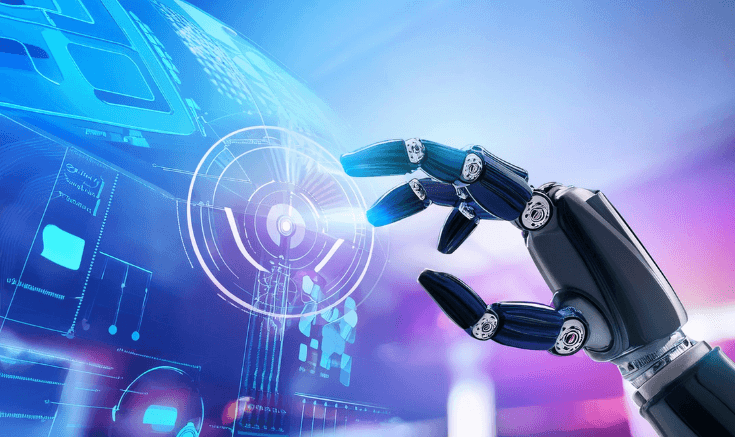
Healthcare and medical imaging
Deep learning has redefined medical diagnostics, significantly increasing accuracy and speed. Convolutional Neural Networks (CNNs) are widely used for analyzing radiology images, detecting tumors, and identifying conditions like diabetic retinopathy and Alzheimer’s disease. Beyond diagnosis, deep learning models predict patient outcomes, optimize treatment plans, and enable personalized medicine by analyzing genetic and clinical data. These advancements support early intervention and improve overall patient care.
Autonomous vehicles and robotics
Deep learning is the backbone of autonomous vehicles, processing data from sensors, cameras, and LiDAR systems to enable real-time object detection, lane recognition, and obstacle avoidance. Self-driving systems leverage deep learning to make complex decisions, such as predicting the movements of other vehicles or pedestrians. Similarly, robotics relies on deep learning for enhanced precision in tasks like object manipulation, industrial automation, and human-robot collaboration, improving safety and efficiency.
Natural language processing (NLP)
Deep learning has transformed NLP, allowing machines to understand, generate, and process human language with unprecedented accuracy. Transformer-based models, such as GPT and BERT, power applications like machine translation, voice assistants, chatbots, and sentiment analysis. These tools enable businesses to streamline communication, automate customer support, and extract insights from unstructured text data. In healthcare, NLP assists in analyzing clinical notes, while in legal and financial sectors, it enables contract review and compliance monitoring.
Finance and fraud detection
Deep learning empowers financial institutions to safeguard against fraud by detecting anomalies in transaction patterns with precision. Recurrent Neural Networks (RNNs) and Long Short-Term Memory (LSTM) networks are effective in analyzing sequential data for credit scoring, risk assessment, and portfolio management. Predictive analytics models further assist in market forecasting, improving decision-making and optimizing resource allocation for financial organizations.
Entertainment and content creation
Generative models like Generative Adversarial Networks (GANs) are revolutionizing content creation, enabling the production of realistic graphics, animations, and virtual environments. These models enhance video quality, automate visual effects, and create lifelike avatars for gaming and film. In music and writing, deep learning algorithms generate original compositions or text, expanding the boundaries of creative expression. Additionally, streaming platforms use deep learning to personalize recommendations, improving user satisfaction.
Retail and customer engagement
Retailers leverage deep learning for personalized customer experiences and operational efficiency. Recommendation systems analyze browsing and purchasing behavior to suggest products tailored to individual preferences. Image recognition technology powers visual search tools and enables automated checkout systems. Deep learning also supports dynamic pricing strategies and inventory optimization, helping businesses reduce waste and improve profitability.
Manufacturing and predictive maintenance
In manufacturing, deep learning enhances predictive maintenance by analyzing sensor data to detect equipment anomalies before failures occur. Computer vision systems inspect products for quality assurance, reducing defects and waste. Robotics powered by deep learning improves assembly lines through precision tasks, enhancing productivity and reducing human workload.
These applications highlight deep learning's versatility in solving complex challenges and driving innovation across industries. By combining scalability with transformative capabilities, deep learning continues to unlock new opportunities, empowering businesses to enhance performance and deliver superior outcomes.
Deep learning trends

Deep learning trends are shaping the future of AI, with innovations driving broader adoption and new capabilities. Transformer models like GPT and BERT are advancing natural language processing, enabling applications in chatbots, content generation, and language translation. Generative AI, powered by GANs and diffusion models, is transforming creative fields, from art and design to synthetic media.
The rise of edge computing is bringing deep learning to devices, enabling faster processing and improved privacy. Advances in explainable AI aim to address the "black box" nature of deep learning, enhancing transparency and trust in critical applications. Additionally, hybrid models combining traditional machine learning and deep learning are improving efficiency and accuracy, particularly in industries with limited computational resources. These trends underscore the ongoing evolution of deep learning as it becomes increasingly integral to solving complex, real-world challenges.
Getting started with deep learning
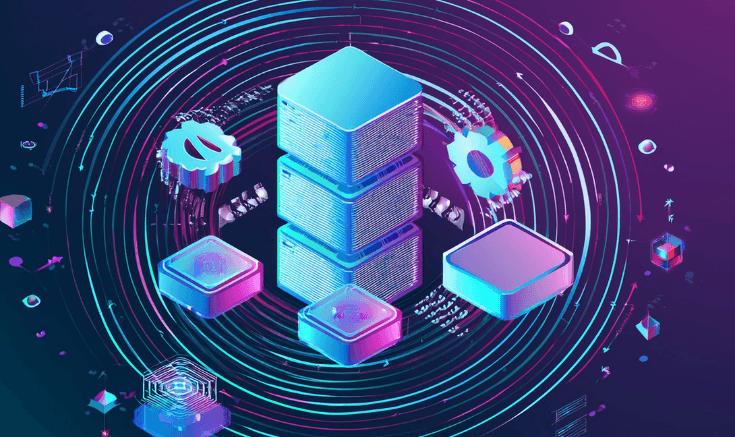
Deep learning requires a combination of strategic planning, technical understanding, and the right tools. Whether you are an individual or an organization, following a structured approach can help you implement deep learning effectively.
Choosing the right tools and frameworks
Selecting suitable frameworks is a foundational step in deep learning. Popular options include TensorFlow, PyTorch, and Keras, which provide libraries for building, training, and deploying models. The choice often depends on the project’s complexity and resource availability.
Open-source datasets like ImageNet or Kaggle datasets offer valuable resources for training models. Investing in the right hardware, such as GPUs or TPUs, can also significantly enhance model performance and training speed.
Understanding data preparation
Clean, well-structured data is critical for effective deep learning. Begin by collecting relevant datasets and pre-processing them to remove inconsistencies. Data augmentation techniques, like rotation or cropping for images, can improve model performance by simulating diverse scenarios.
Labeling data accurately is another key consideration. Supervised learning models rely heavily on well-labeled datasets to achieve high accuracy.
Building your first model
Start with a simple model to understand deep learning fundamentals. Experiment with different architectures and parameters to refine your skills. Online platforms, such as Google Colab or AWS SageMaker, provide user-friendly environments for testing and deploying models.
Continuous learning is essential in deep learning, given its rapidly evolving nature. Leverage online courses, tutorials, and community forums to stay updated and deepen your expertise.
Following these steps ensures a strong foundation for adopting deep learning. Whether for research, business, or innovation, getting started with deep learning can unlock new opportunities and deliver measurable results.
Deep learning is reshaping the way businesses operate, unlocking new opportunities for innovation, efficiency, and scalability. At Lumenalta, we design customized, future-proof solutions tailored to your specific needs, helping you leverage the full potential of deep learning.
Let’s create measurable business impact together.
Table of contents
- What is deep learning and why is it important?
- How does deep learning work?
- Deep learning vs machine learning vs AI
- Benefits and challenges of deep learning
- Types of deep learning models
- Applications of deep learning
- Deep learning trends
- Getting started with deep learning
- Common questions about deep learning
Common questions about deep learning
What is deep machine learning, and how does it work?
How is deep learning used in natural language processing?
What industries benefit the most from deep learning?
What are the main differences between machine learning and deep learning?
What are the prerequisites to start with deep learning?
Want to learn how deep learning can bring more transparency and trust to your operations?

